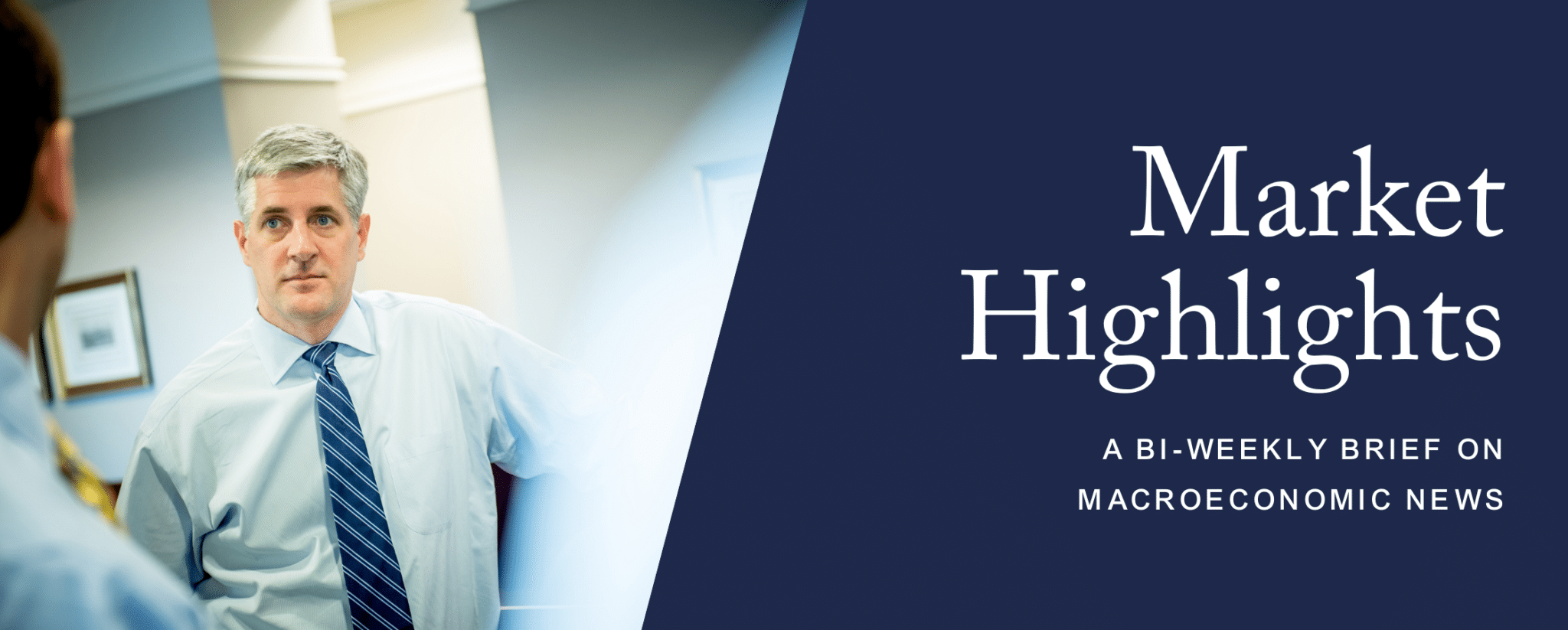
June 7, 2021
For all practical purposes, the Pandemic is over in the U.S., fueling re-openings and a continued march towards normalcy. Consumers have ample dry spending powder, along with rising household net worth, supporting near-term economic and profit growth expectations. CEOs are highly confident, bolstering the outlook for hiring and investment.
However, there is also evidence of inflation everywhere, fueled by supply constraints. The question is how much of this is transitory – the market will likely remain on edge until that is determined. Supply constraints also serve as a near-term regulator on the economy, limiting its potential at a time of rising prices – risking a “stagflation-lite” environment.
With $5 trillion in fiscal stimulus and $9 trillion in combined Federal Reserve and European Central Bank balance sheet expansion in the past year, the bulk of the stimulus is behind us. Peak stimulus means peak growth. It appears that the Biden administration will be forced to downsize its tax and spend ambitions; we expect smaller package(s) passed through reconciliation, but also smaller tax hikes.
The bull market is not over, but it could be difficult for the market to make material headway near term so long as fears exist that runaway inflation may force the Federal Reserve’s hand (the Federal Reserve is now “talking about talking about tapering”). Full valuations, elevated investor complacency and rising bond yields probably mean choppy market conditions.
We continue to monitor potential risks; such as an inflation scare causing a “disorderly” rise in bond yields, a change in the Federal Reserve’s policy, the threat of higher taxes, and any other unforeseen exogenous shock.